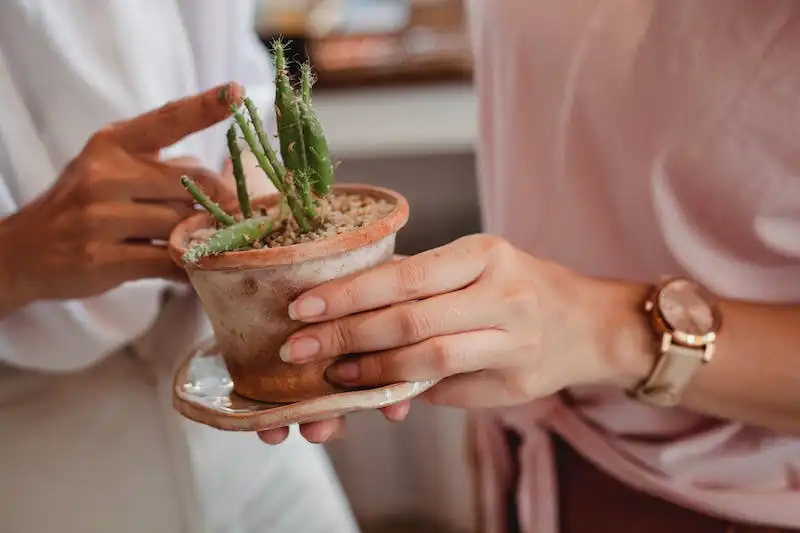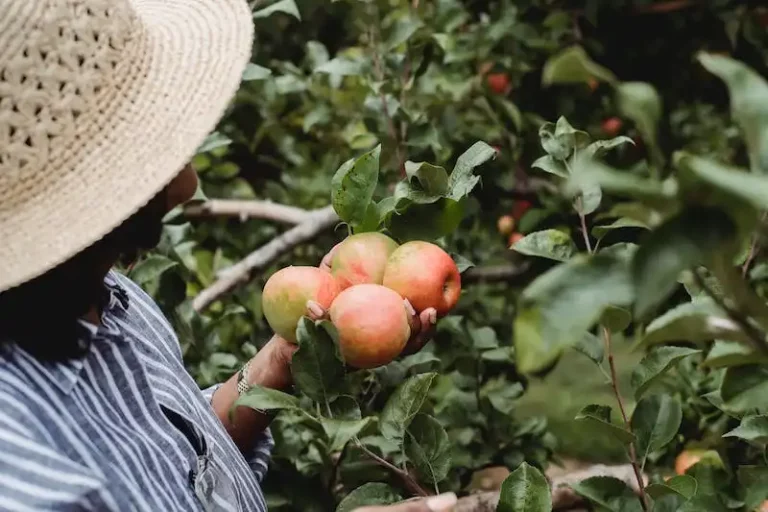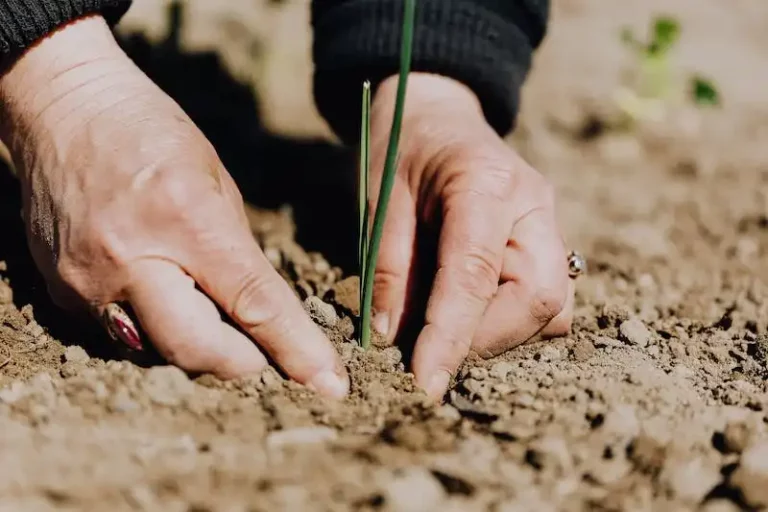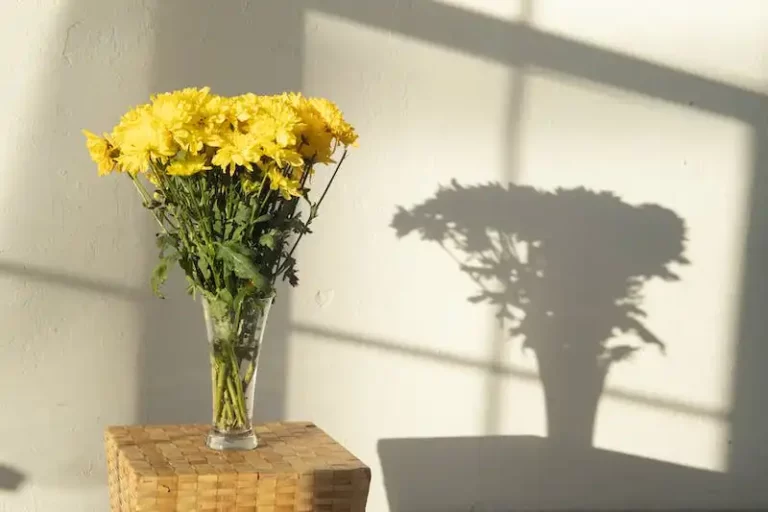Home composting is the process of turning organic materials, such as kitchen scraps and yard waste, into nutrient-rich soil. It’s a great way to reduce waste and promote sustainability right in your own backyard. Plus, composting is easy and can be done by anyone, regardless of space or gardening experience. Whether you have a large garden or just a small balcony, you can compost!
Composting can be done using various methods and materials. Some of the most common materials used for composting include fruit and vegetable scraps, coffee grounds, leaves, grass clippings, and shredded paper. You can also use non-glossy cardboard, eggshells, and wood chips. And if you want to compost animal waste or meat, you’ll need a special composting system like vermicomposting with worms.
The benefits of composting at home are numerous. Not only does it reduce waste and divert materials from landfills, but it also helps to improve soil health and promote plant growth. Compost is rich in nutrients, and when added to your garden, it provides a natural and organic alternative to chemical fertilizers. Plus, composting can help retain moisture in the soil, suppress diseases and pests, and improve the overall structure of your garden beds.
There are several different methods for composting at home. The most common method is the traditional compost pile or bin, which requires layering your materials and turning the pile occasionally. Another popular method is vermicomposting, which involves using worms to break down organic matter into compost. If you have limited space or want a quick way to compost, you can try using a compost tumbler or a bokashi bin.
No matter which method you choose, there are a few key things to know when composting at home. First, it’s important to have a good balance of green and brown materials. Green materials, like vegetable scraps and fresh grass clippings, provide nitrogen, while brown materials, like leaves and cardboard, provide carbon. Aim for a ratio of about 1 part green to 3 parts brown. Also, be sure to chop or shred your materials into small pieces to speed up the composting process.
How to make compost
Composting is a great way for gardeners to recycle their kitchen and garden waste. Plus, it helps the environment by reducing the amount of waste that goes into landfills. If you’re interested in starting your own compost pile at home, here’s what you should do:
- Find a suitable spot in your garden to set up your compost pile. It should be within easy reach of your kitchen, as you’ll want to be able to quickly and easily add your kitchen scraps to the pile.
- Start by adding a layer of “brown” material, such as leaves, wood chips, or twigs. This will provide carbon to the pile.
- Add a layer of “green” material, such as grass clippings or vegetable scraps. This will provide nitrogen to the pile.
- If you want to speed up the composting process, you can introduce “hot” materials, such as coffee grounds or chicken manure. These nitrogen-rich materials will help to heat up the pile.
- Continue layering “brown” and “green” materials, making sure to moisten each layer as you go. The pile should be kept moist, but not too wet, as excess moisture can cause the pile to become anaerobic.
- Every few weeks, use a garden fork or shovel to turn the pile. This will help to aerate the pile and speed up decomposition.
- It’s important to note that not all kitchen scraps are suitable for composting. Avoid adding meat, dairy products, oily foods, and non-glossy paper to your compost pile, as these can attract pests and slow down the composting process. Instead, stick to fruit and vegetable scraps.
- If you have a lot of fruit and vegetable scraps, you might consider getting a worm bin. Worms can help to break down organic materials more quickly and efficiently.
- Once your compost pile has decomposed and has the look and smell of rich, dark soil, it is considered “finished” and can be used in your garden. Spread it around the base of your plants to help them grow and thrive.
Composting at home is a simple and effective way to reduce waste, improve the health of your garden, and do your part for the environment. Plus, it’s a great way to teach your children about the importance of recycling and taking care of the planet. So why wait? Start composting today!
Composting At Home
Composting at home is a great way to turn your kitchen scraps and yard waste into nutrient-rich compost for your garden. Not only does it help reduce waste going to landfill, but it also improves soil fertility and helps retain moisture.
So, where should you start? You can begin by choosing a site for your compost pile or bin. It can be a small corner in your backyard or a designated area in your garden. Keep in mind that the site should have good drainage and be easily accessible.
Once you have a site, you can start building your compost pile. There are different methods of composting, but the most common one is using a compost bin or heap. You can DIY your own compost bin using wooden pallets, or you can purchase a pre-made bin from your local gardening store.
When it comes to maintaining your compost pile, there are a few key things to keep in mind. First, you need to have a good balance of “browns” and “greens.” Browns are carbon-rich materials like dry leaves, straw, and shredded paper, while greens are nitrogen-rich materials like kitchen scraps and grass clippings. To help break down the materials faster, it’s recommended to chop or shred them into small pieces before adding them to the pile.
In addition to the carbon-to-nitrogen ratio, you also need to consider the moisture level and temperature. Your compost pile should be moist, similar to a wrung-out sponge. If it’s too dry, add water, and if it’s too wet, add more browns. Using a thermometer can help you monitor the temperature, as composting works best between 90-140°F (32-60°C).
It’s important to turn your compost pile regularly. This helps introduce oxygen into the pile, which is necessary for the decomposition process. You can use a pitchfork or shovel to mix the materials every week or two. Turning the pile also helps avoid odor and discourages pests like rodents.
Composting can take anywhere from a few months to a year, depending on the materials used and the conditions provided. You’ll know your compost is ready when it looks dark, crumbly, and earthy. It should have a pleasant, earthy smell. Avoid composting meat scraps, dairy products, or oily foods as they can attract pests and create odor issues.
If you want to speed up the composting process, consider vermicomposting. This involves using worms to break down the organic materials. You can purchase composting worms online or at a local gardening store. Just make sure to provide them with a well-balanced diet of food scraps and bedding materials like shredded newspaper or leaves.
In conclusion, composting at home is a rewarding and eco-friendly practice that can benefit both your garden and the environment. With a few essential ingredients and some basic steps, you can turn your kitchen and yard waste into nutrient-rich compost for free. So why not give it a try and learn how to compost in your own backyard?
Why Compost at Home
Composting is a simple and effective way to recycle organic waste and convert it into nutrient-rich soil. There are several reasons why you should consider composting at home:
1. Reduce Waste: Composting allows you to divert kitchen scraps, yard waste, and other organic materials from the landfill. Instead of throwing them away, you can turn them into valuable compost that can be used to nourish your plants and gardens.
2. Improve Soil Quality: Compost is a natural fertilizer that improves soil structure and fertility. It enhances the soil’s ability to retain moisture, reduces erosion, and promotes the growth of healthy plants. By composting at home, you can create your own high-quality soil amendment.
3. Save Money: Buying fertilizers and soil amendments can be expensive. By making your own compost, you can save money on gardening supplies and reduce your reliance on chemical products. Composting is a cost-effective way to provide your plants with the nutrients they need.
4. Reduce Greenhouse Gas Emissions: When organic waste is sent to the landfill, it decomposes anaerobically and produces methane, a potent greenhouse gas. Composting helps to mitigate climate change by diverting organic waste from landfills and reducing methane emissions.
5. Promote Sustainable Gardening: Composting is an essential practice for sustainable gardening. It closes the nutrient cycle, reduces the need for synthetic fertilizers, and minimizes the use of chemical pesticides. It also encourages biodiversity by creating habitat for beneficial microorganisms and insects.
Composting at home is easy to do and requires minimal effort. Here are the basic steps to get started:
- Choose a suitable location for your compost pile or bin.
- Introduce a mix of “greens” (nitrogen-rich materials) and “browns” (carbon-rich materials).
- Maintain the right moisture level by watering the compost pile as needed.
- Aerate the compost pile regularly to provide oxygen for decomposition.
- Monitor the temperature of the compost pile with a thermometer. The ideal temperature is between 120°F (49°C) and 160°F (71°C) for efficient decomposition.
- Add additional materials as needed to keep a balanced ratio of greens and browns.
- Turn the compost pile every few weeks to speed up the decomposition process.
By following these steps, you can create rich, dark compost in as little as 2 to 6 months, depending on the conditions and types of materials used. Composting also helps to reduce odors, pests, and other common problems associated with organic waste.
Remember to avoid adding meat, dairy products, oily foods, or pet waste to your home compost. These materials can attract rodents and create unpleasant odors. Instead, focus on using fruit and vegetable scraps, coffee grounds, tea leaves, yard trimmings, leaves, and other compostable materials.
Composting is a rewarding and environmentally friendly practice that anyone can do at home. It’s a small step that can have a big impact on reducing waste, improving soil health, and promoting sustainable gardening. Start composting today and enjoy the benefits for years to come!




